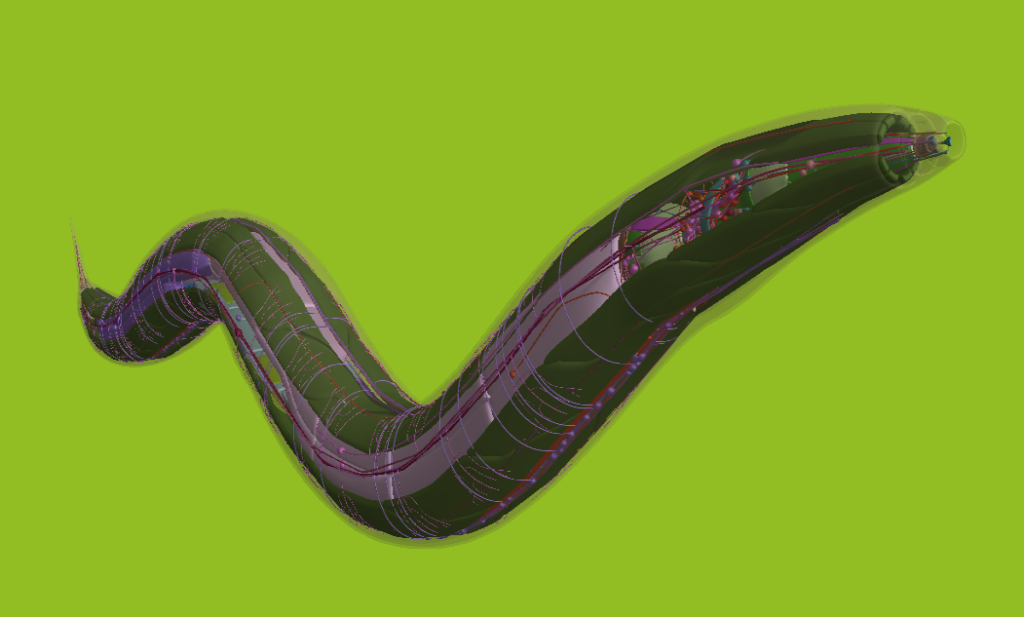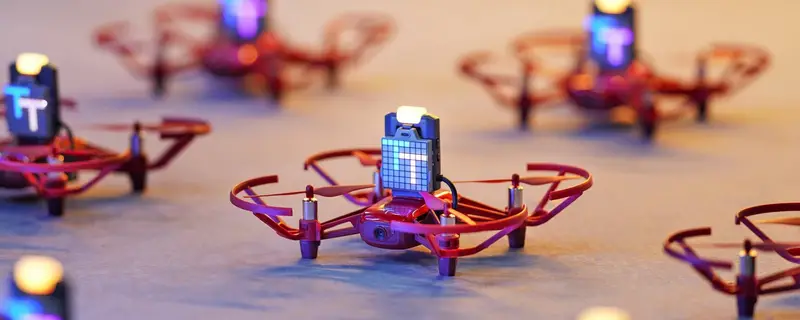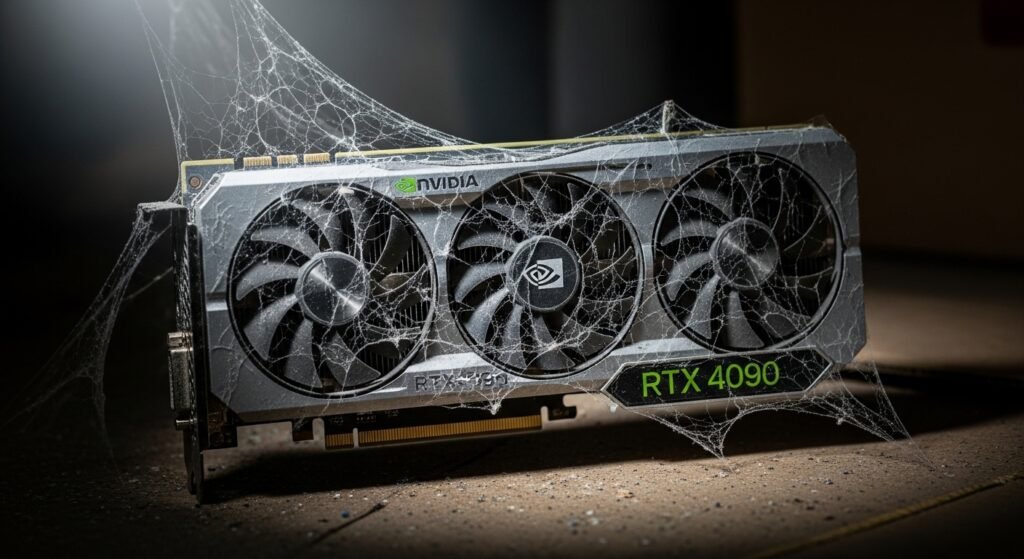On an evening when I originally planned to explore robotic lighting with DMX in Unreal Engine 5, I decided to see if anything good was on Curiosity Stream before I got started. I ended up completely side tracked by a two episode mini-series I ran into called Supersapiens: Rise of the Mind.
This series was filled with technical mind-candy! I especially appreciated hearing a robotics engineer say, “The more I found my path, the less people had any idea what I was talking about.” That statement really resonates with me!
Open Source Projects
Numerous projects were mentioned, but three open-source projects stood out as something I’d like to explore further, so I wanted to document them in this article.
OpenBCI
This project focuses on building brain-computer interfacing. I find this type of technology very intriguing.
In the series, they show some EMG (muscle movements) interfacing with a robotic arm, which was also super cool!
My favorite part was where a guy managed to get a toy helicopter to fly using nothing more than his mind.
They even have a shop where you can buy anything from electrodes to full EEG headsets with VR goggles!

OpenBCI’s Latest Project
Thier latest project, Galea, is a super cool hardware and software platform that merges next-generation biometrics with mixed reality, but it’s a bit out of reach with hardware that runs $30,000 🤯

I’d most likey be interested in developing an audio-visual experience using 16+ data streams of my own biometric data using the All-in-One EmotiBit Bundle, which is still in the $500 range. At least you’ll hit the ground running at that price!

OpenWorm
OpenWorm is an open source project dedicated to creating the first virtual organism in a computer, which results in a simulated microscopic roundworm with less than a thousand cells.

They even have a Docker container which contains all of the major components of their simulation stack, which can be used to run a preliminary model of the worm 🤓
Their simulation stack is impressive with several libraries and frameworks used in the scientific community, like Geppetto.
Geppetto is a web-based platform for visualizing and simulating data and models. It started in the OpenWorm project and is being used for a number of other projects across neuroscience.
Here’s the latest version of the simulation they showed in the Curiosity Stream series, which I guess isn’t quite ready to share:
OpenCog
OpenCog’s goal can be a bit controversial with a focus on the creation of an advanced Artificial General Intelligence system, with cognitive capabilities beyond human level.
Their project provides some super sweet tools for research! I was disappointed to read in their Dockerfiles for Robot Operating System (ROS) repo that their Eva demo had bitrotted and that they’re still working to rebuild it so you can used Blender to run simulations without a physical bot from Hanson Robotics. Makes me wish I was better at Blender to help them get that working.

Either way, their core system OpenCog AtomSpace has some useful tools that seem worth exploring and are active, stable and supported:
- AtomSpace – Hypergraph database and query engine.
- CogServer and atomspace-cog – Networking, json, websockets.
- atomspace-rocks – Disk I/O storage, based on RocksDB.
- Proxy Nodes – Data routing (replacement for attention bank.)
- Link Grammar – Maximal Planar Graph (MPG) parsing, natural lanuage parsing (NLP).
- Docker containers – System integration and demos.
The Open Cognition Project wiki is a great place to get started!
Conclusion
These are some great projects for my backlog, or to keep an eye on as they progress. I’ll definitely be spinning up the Docker-based projects to see how things go.
I highly recommend checking out Supersapiens: Rise of the Mind on Curiosity Stream, especially if you’re interested in seeing what our future has in store for us.





